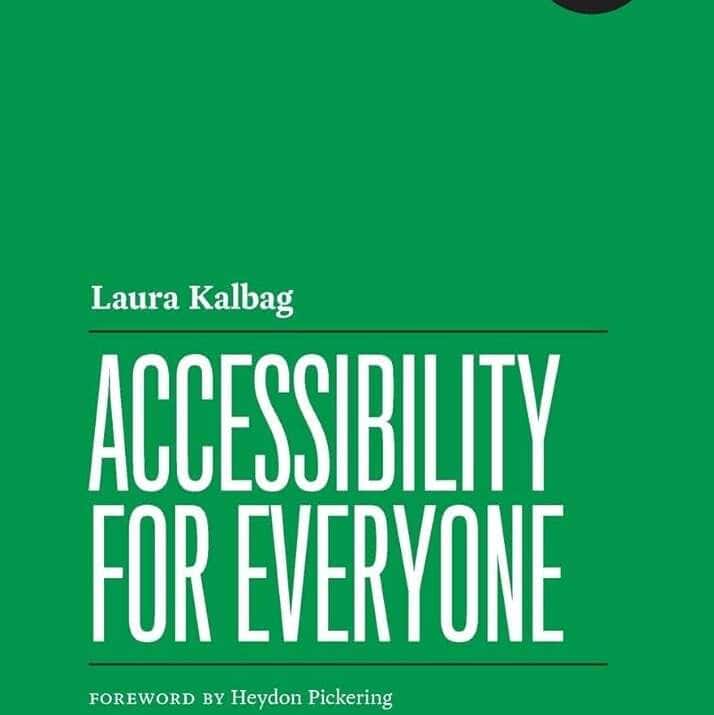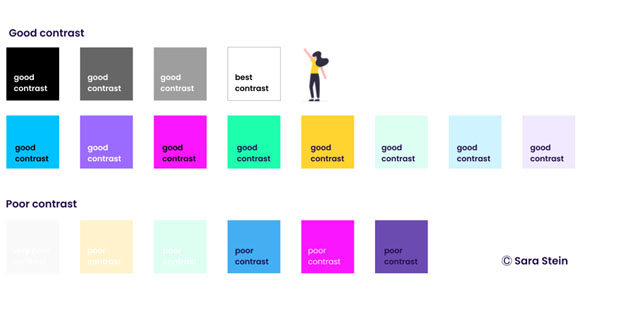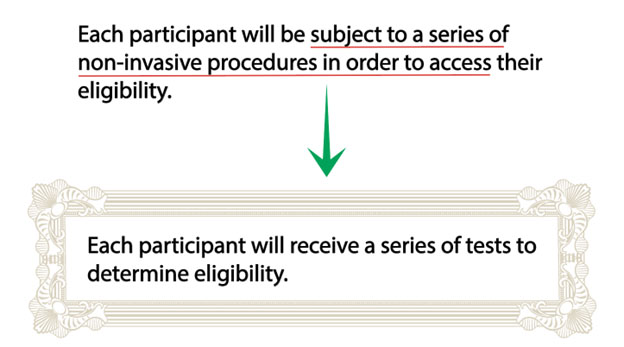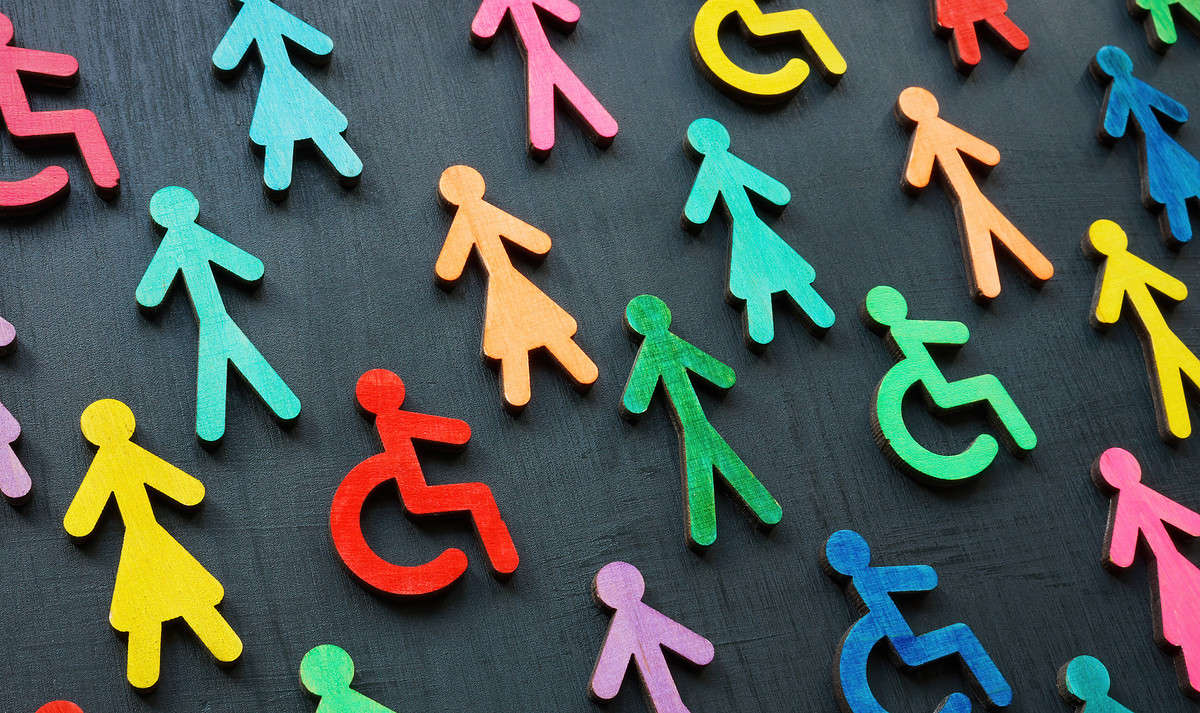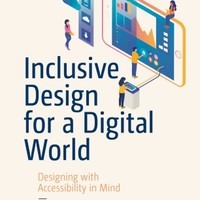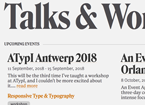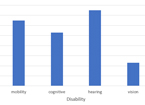The human brain has natural variations in functionality, and individual cognitive function differences impact user experience. Yet designing with certain practices improves a user interface for diverse profiles. Accessible layouts, customization options, consistent communication, and inclusion through the development process make better digital products for everyone.


